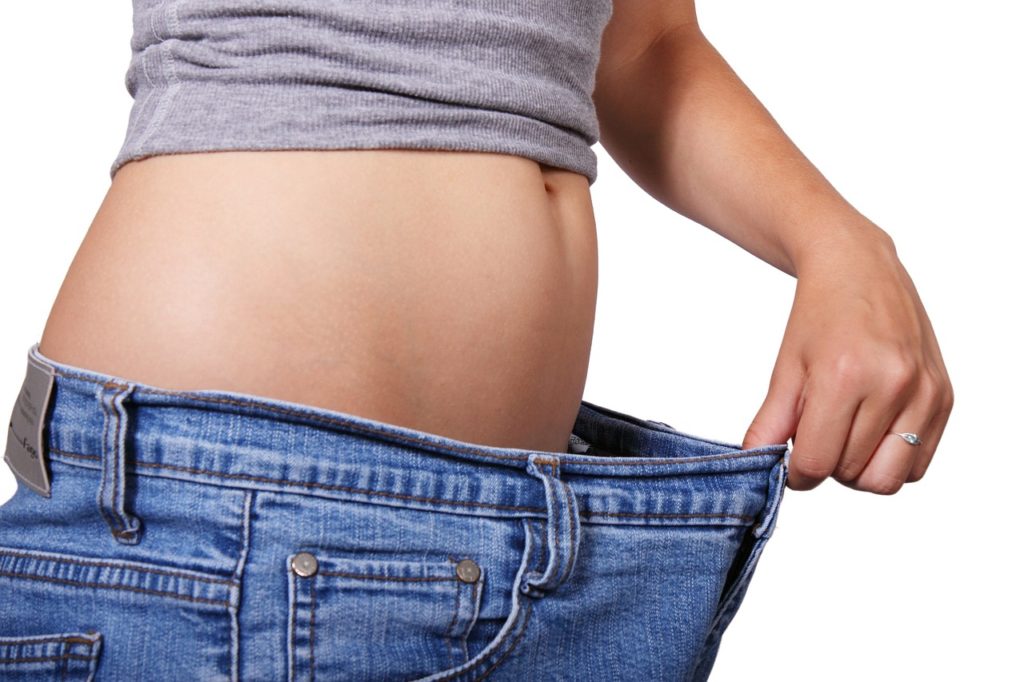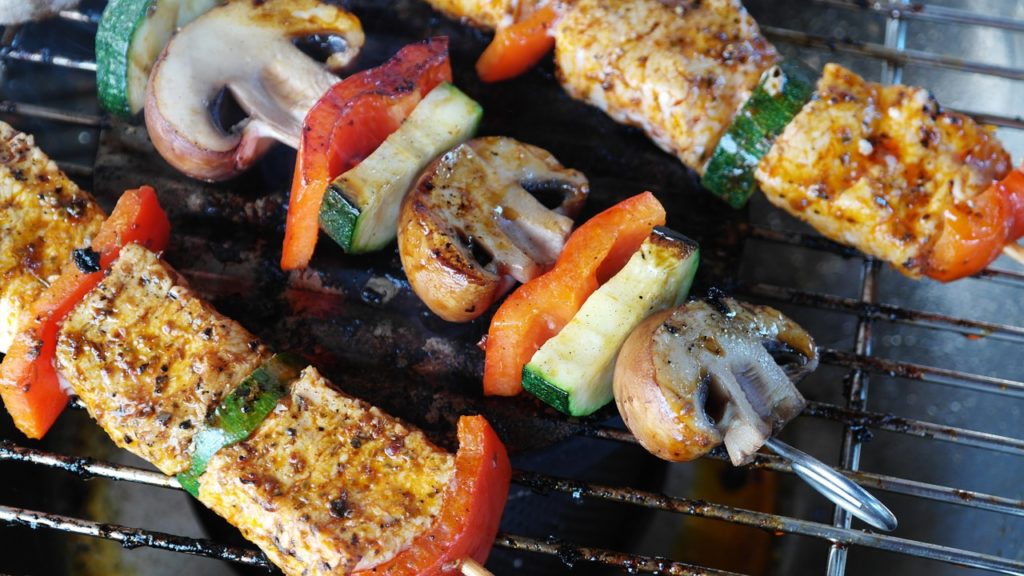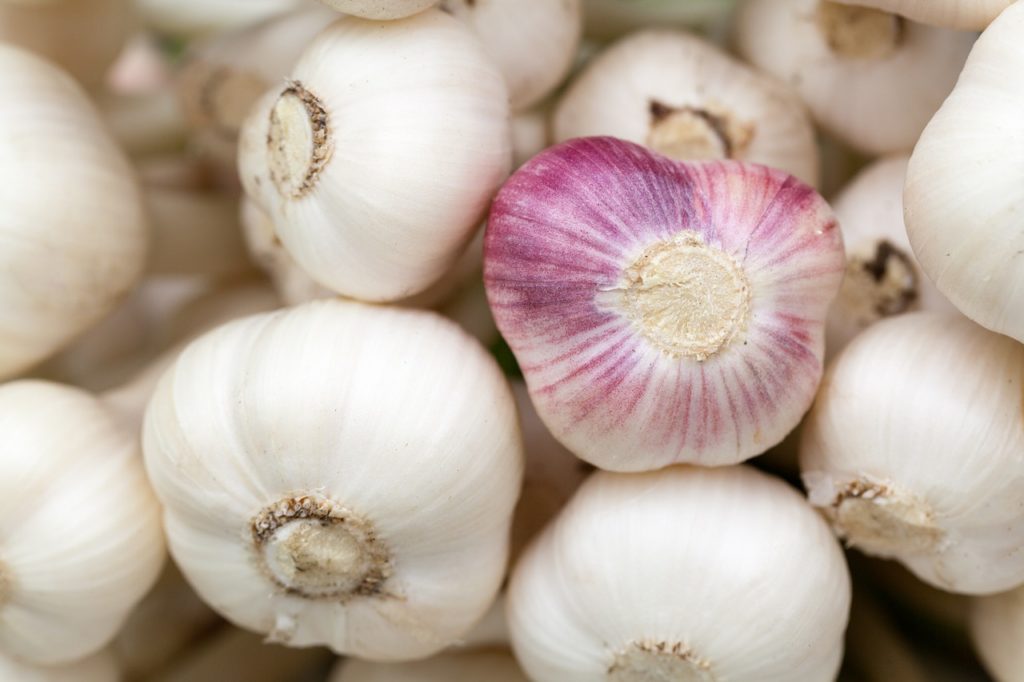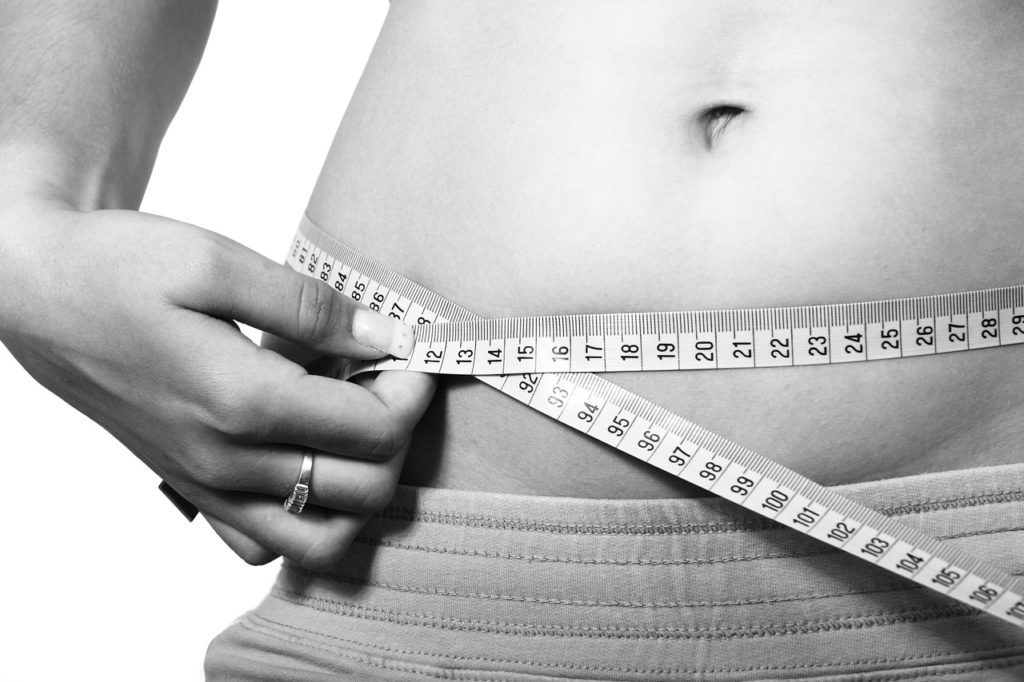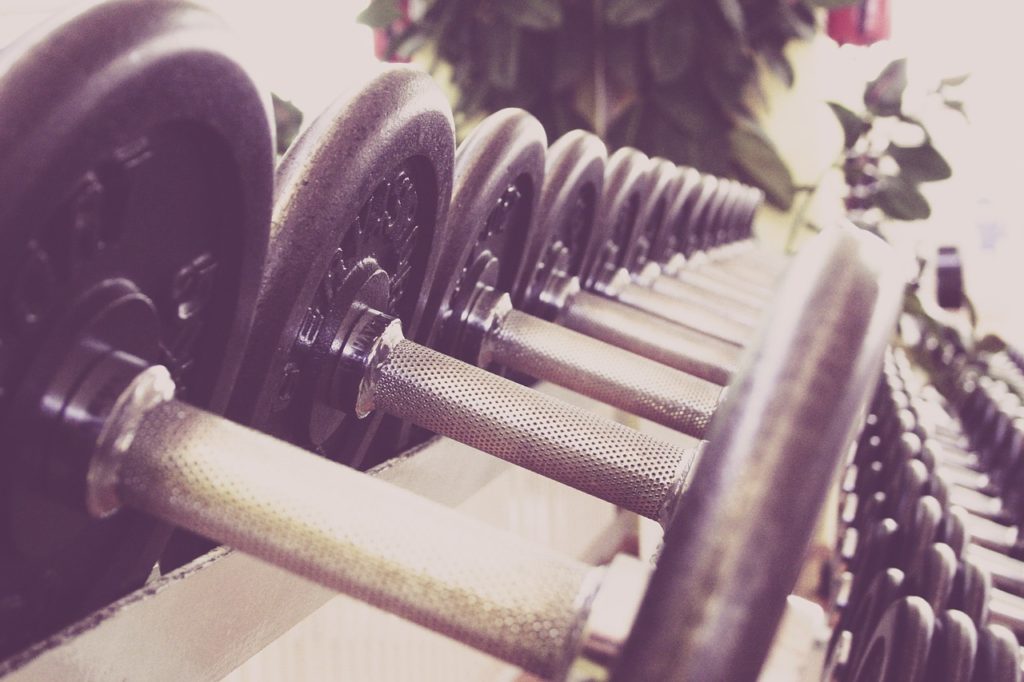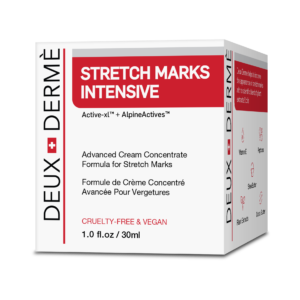Weight gain is a common cause of stretch marks, but did you know that dieting and losing weight can cause stretch marks too? In addition to weight gain, pregnancy, and bodybuilding, losing weight is one of the most common causes of stretch marks. Weight loss stretch marks can be caused by rapid changes in skin shape and by stretching caused by excess skin that’s left over after losing weight rapidly. The excess skin can weigh other areas of skin down and cause stretch marks to form.
If you’re successful in dieting and losing weight, you’re going to want to feel proud of your progress and your new look, but stretch marks scarring can damage your self-confidence and give you a new reason to feel insecure about your body. Since you’ll want to look your best after losing weight, before starting a new diet or exercise routine, you should consider these tips for preventing stretch marks while losing weight.
Lose Weight Slowly
While it’s tempting to drop pounds as quickly as you possibly can, losing weight quickly can increase your chance of getting stretch marks. Additionally, rapid weight loss is generally achieved by diet or workout plans that are unsustainable over the long term, so choosing a diet or exercise plan that promotes gradual weight loss can help you lose weight and keep it off over the long run, and it can help you avoid developing stretch marks.
Eat Foods that Encourage Collagen Production
Collagen is a protein in your body that heals skin when it’s damaged, promotes skin regeneration, and helps keep skin soft and flexible. A diet consisting of foods that promote collagen production will decrease your likelihood of developing stretch marks by keeping your skin healthy and elasticized. Some healthy, low-fat foods that encourage collagen production include fish, red and green vegetables, berries, nuts, avocados, and citrus fruits. Working these foods into your meal plan can help prevent stretch marks.
Use a Stretch Mark Prevention Product
Applying a stretch mark prevention cream or lotion daily while losing weight can reduce your likelihood of developing stretch marks by softening skin and making it more flexible.
Treating Stretch Marks
Unfortunately, sometimes no amount of prevention can stop stretch marks from forming. Some evidence shows that genetics can predispose you to stretch marks, so if your parents have them, you may be more likely to get them too. Additionally, sometimes losing weight makes stretch marks caused by weight gain to appear; the scars weren’t specifically caused by weight loss, but losing weight makes them more visible on your body.
If you end up with visible stretch marks after losing weight and want to get rid of them, consider using a stretch mark removal product. Many cost-friendly lotions and creams are available for purchase over the counter, and these products may help reduce the visibility of your stretch marks.
You’ll want to feel your best after losing weight, so don’t let stretch marks get in the way of your new self-confidence.

